The 2019 Ig Nobel Prize for BIOLOGY, for instance, was awarded to Ling-Jun Kong and colleagues for the discovery that dead magnetised cockroaches show different behaviour than living magnetised cockroaches. Nevertheless, this was the first work on characterising the magnetisation dynamics in live insects (Kong et al., 2018).
Another gem of 2019 is the Ig Nobel Prize for CHEMISTRY that went to Shigeru Watanabe and colleagues for estimating how much saliva is produced by a typical five-year-old child per day. It is 500 ml in case you wondered (Watanabe et al., 1995)
Here are the 8 greatest achievements worthy of the Ig Nobel Prize in the life science categories.
8. If I could wish for one thing, I’d hear you call my name…
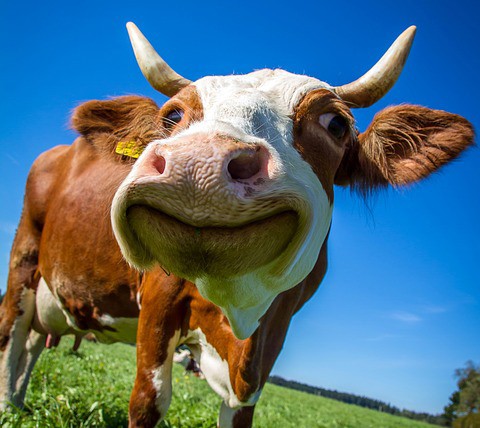
In 2009, Catherine Bertenshaw and Peter Rowlinson received the Ig Nobel Prize in the category of VETERINARY MEDICINE for demonstrating that cows with names produce up to 5% more milk than cows without names. It seems the critical time here is the age of six until 15 months when calves need extra attention, which will lead to more milk production later on (Bertenshaw and Rowlinson, 2009).
7. Reindeer games…
The Ig Nobel Prize for ARCTIC SCIENCE was awarded to Eigil Reimers and Sindre Eftestøl for their work on the reaction of reindeer upon seeing a human who is disguised as a polar bear. It turned out that reindeer do not appreciate this disguise and escape. However, when a person wears dark hiking gear, reindeer seem to escape even earlier (Reimers and Eftestøl, 2012).
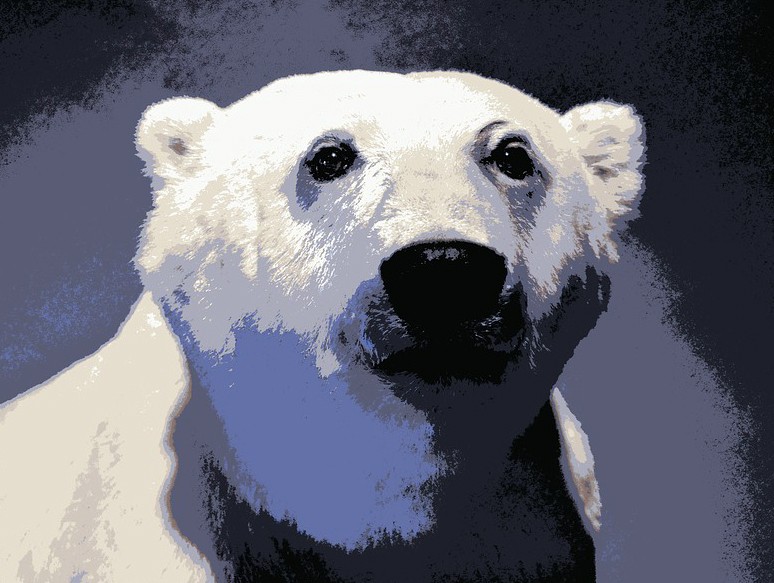
6. Did you know there are side effects of sword swallowing? ‘This must be a mistake’, you think…
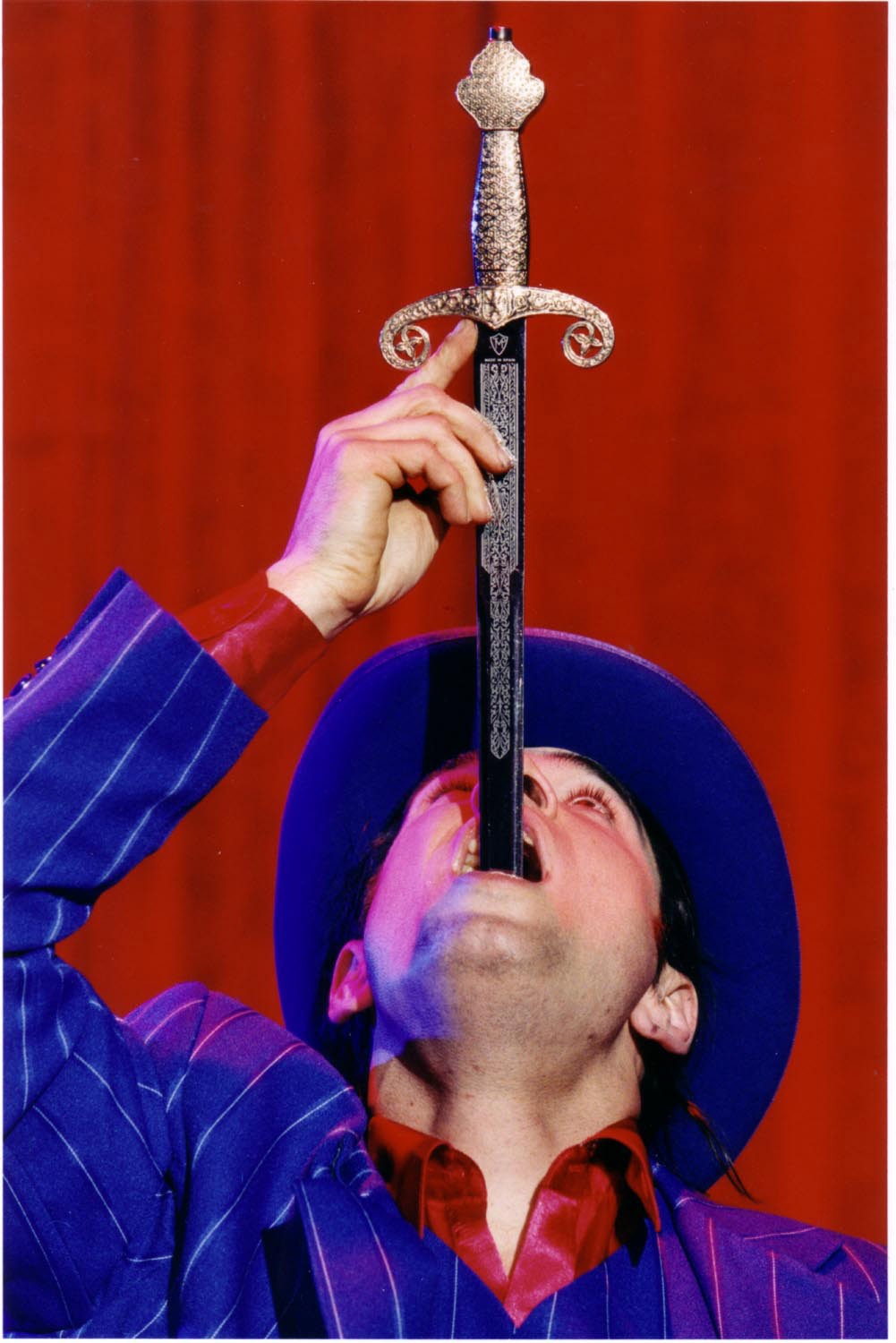
But no, there is no mistake! Brian Witcombe and Dan Meyer shared the 2007 Ig Nobel Prize for MEDICINE for their far-penetrating study that found sword swallowing could lead to major complications, especially when the performer is distracted, or swallows multiple or unusual swords. The conclusion: sword swallowers should have healthcare coverage (Witcombe and Meyer, 2006).
5. Postmen in France seem to be a little unbalanced…
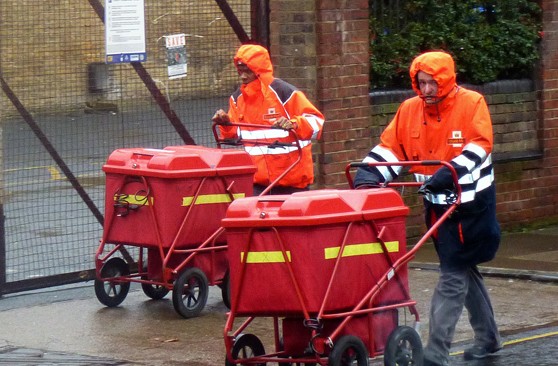
…at least in scrotal temperature. In an investigation by Roger Mieusset and Bourras Bengoudifa, it was found that the left scrotum is significantly warmer than the right one. Significantly, the temperature asymmetry was reversed in the unclothed state (Bengoudifa and Mieusset, 2007)! The amazing fact is that the scientist found 30 men who were willing to participate in the study. This alone deserves the 2019 Ig Nobel Prize for ANATOMY.
4. Those who don’t jump will never fly…
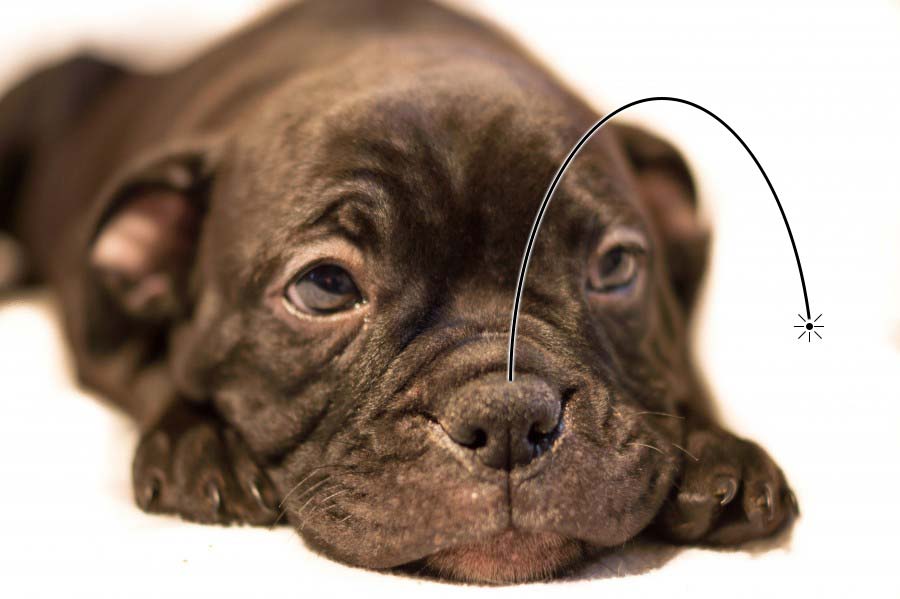
The 2008 Ig Nobel Prize for BIOLOGY went to Marie-Christine Cadiergues and colleagues who showed that fleas on dogs are able to jump higher than fleas on cats. The longest jump by a dog flea was 50 cm by the way (Cadiergues et al., 2000)!
3. This one is a mindblower…
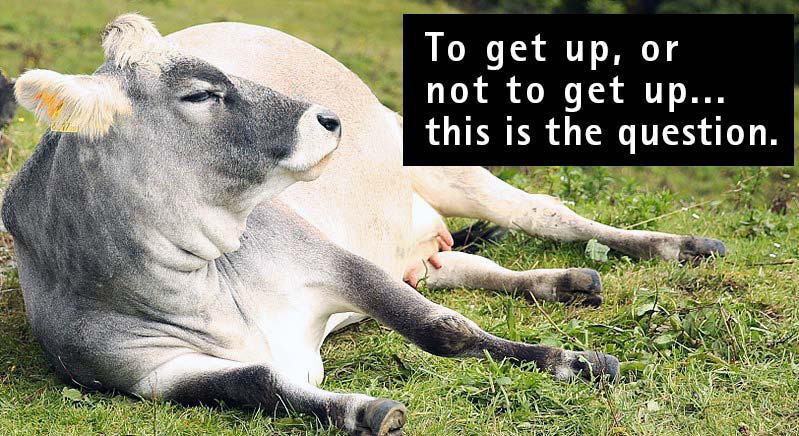
The Ig Nobel Prize for PROBABILITY in 2013 went to Bert Tolkamp and colleagues. The scientists found that the longer a cow has been lying down, the more likely it is that this particular cow will soon stand up. However, it goes even further! Once a cow stands, it is very hard to predict when the cow will lie down again (Tolkamp et al., 2010). Mind blown!
2. Gains come with pains. If you ever love to go for the sweet honey, be ready to be stung by a busy bee…
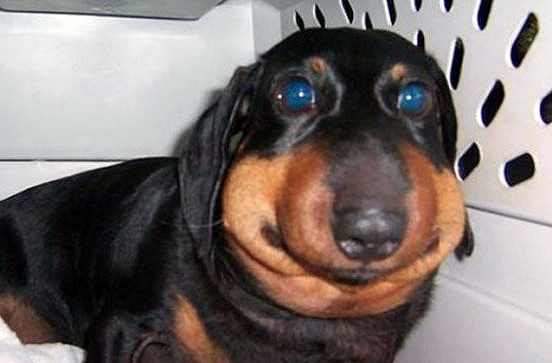
The Ig Nobel Prize for outstanding efforts to advance the fields of PHYSIOLOGY and ENTOMOLOGY went to Michael Smith in 2015 who investigated which body part is the most painful when stung by a honey bee.
In a sophisticated trial, Michael Smith was repeatedly stung 25 times by honey bees on different locations of his body… the least painful are the skull, the middle toe tip and the upper arm; the most painful are the nostril, yes the nostril (!), the upper lip and the penis shaft. Unbelievably, the author, who was the test subject, self-administered five stings per day (Smith, 2014). We think that Michael Smith deserves many more awards for his incredible devotion to life science!
1. The Cube is, at the same time, a symbol of simplicity and complexity…
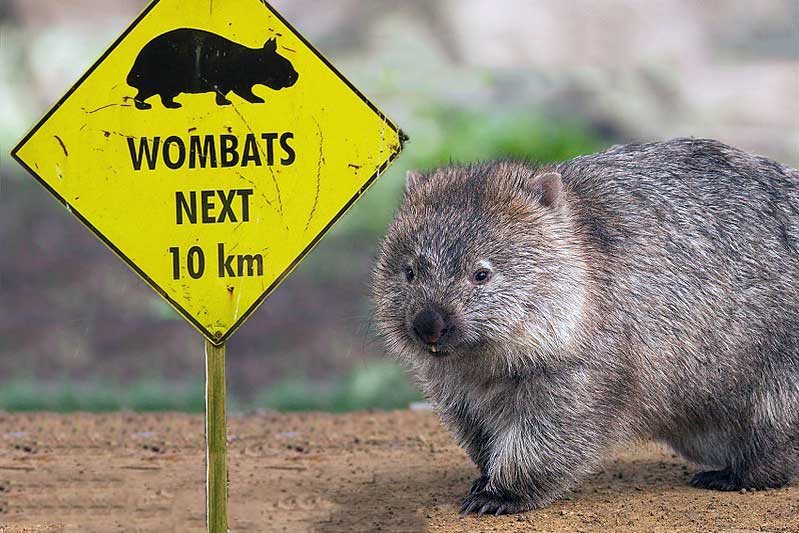
The 2019 Ig Nobel Prize for PHYSICS went to Patricia Yang and colleagues for investigating the scientific background of the long-standing mystery why wombats produce cube-shaped poo. It has been speculated that the more irregular shape of the marsupial’s intestine is responsible (Yang et al., 2018). Now you know!
Could these findings contribute to the development of a new method to produce cubes? After all, humans only have two methods to manufacture cubes currently…
Bonus: The 2018 iG Nobel Prize for PEACE

went to Francisco Alonso and colleagues who investigated the frequency, motivation and eventually the effects of shouting and cursing in road traffic. Surprisingly, evidence mounts that suggest drivers who verbally express their dissatisfaction with the traffic situation more frequently tend to higher rates of crashes or traffic incidents (Alonso et al., 20017). Please, drive safe!
These awards are just the tip of the iceberg. There is much more seriously funny research and investigations. Stay tuned for an update on Ig Nobel Prize winning achievements.
By Dr Andreas Ebertz
Did you like this article? Then subscribe to our Newsletter and we will keep you informed about our next blog posts. Subscribe to the Eurofins Genomics Newsletter.


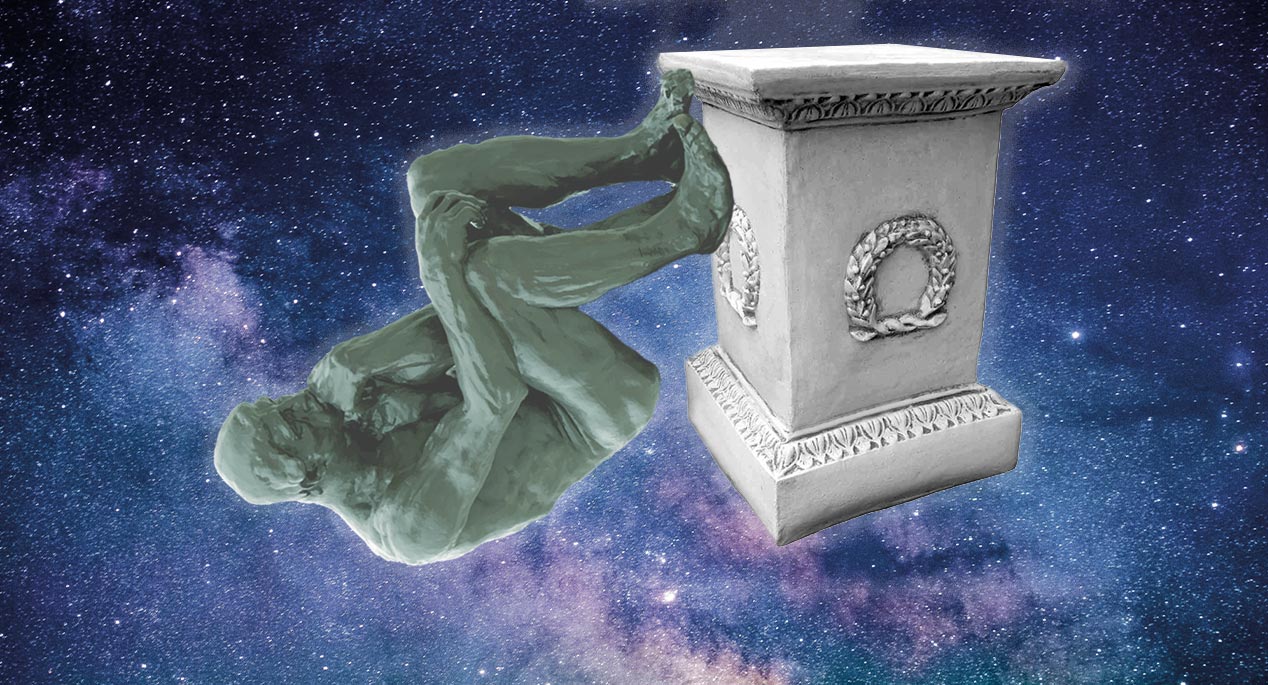
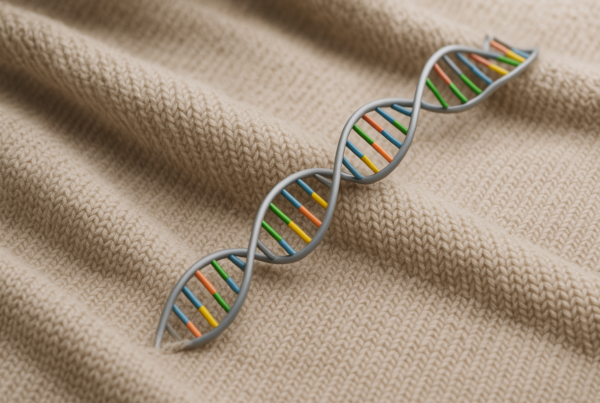
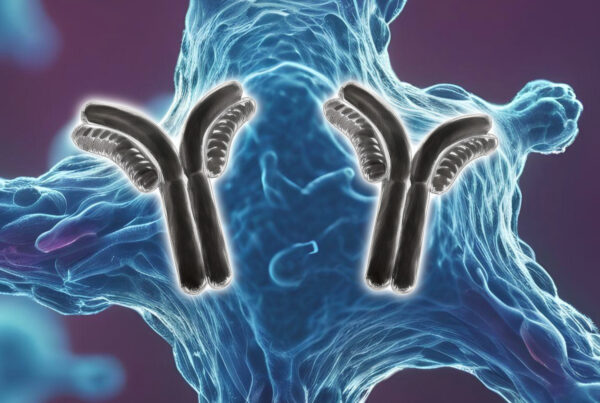

3 Comments